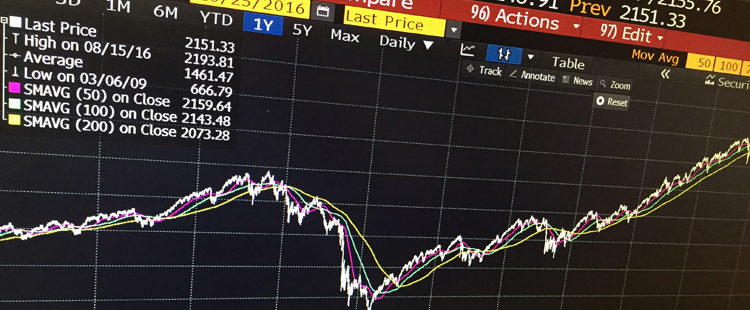Portfolio managers (PM) and traders make investment decisions everyday which translate into risk positions in their books. These decisions are mostly supported by strong fundamental views and solid convictions, based on the PM’s or trader’s view on how the market will move and how will these moves affect their positions. There are several techniques that a PM or trader might adopt, including hedging strategies. These techniques will help the risk taker limit the losses and maximise the gains – read more about this topic in article “How Much Risk Should I take?“.
Some old school traders defended that years of experience allowed them to develop a gut-feeling and instinctive view of markets. But nowadays firms are increasingly taking measures to make sure they have solid systems and controls namely in what relates Risk Control, while keeping very tight rules in what regards capital usage.
Front office staff such as PM’s and Traders follow very specific guidelines which generally include the following categories:
- Trading mandate: this document describes in detail what is the trader’s function and what exactly he/she can do. It’s many times complemented by a detailed procedures manual;
- Risk limits: normally as part of a subset of the firm’s wider risk limits framework, the trader will commonly follow a predefined list of strict risk limits that must be observed at any given time during a trading day (intraday) or at market close (overnight). Examples include stop loss, net/gross exposure, single name exposure, sector exposure, VaR, among others;
- Front office risk management and trading rules: which may or not be present on the trader mandate document, but are always present to a Trader or PM along with the two previous points.
The following 5 rules are illustrative and may vary from firm to firm, depending on several aspects. An important factor that usually influences risk trading limits and trading rules is the firm’s Risk Culture and Risk Appetite towards trading. A firm might have several Risk Appetite statements depending on the business line in question.
Top 5 Risk Management Trading Rules
- Trade only with approved risk capital: this is the amount of capital approved for the trader or given book. Financial services firms and banks usually have trading limits controls in place which prevent traders to trade beyond specified limits and therefore protecting their allocated capital and limiting maximum losses;
- 2% trading rule: the 2% rule prevents the trader from committing more than 2% of the account equity on a single trade. This is, again, ideally controlled by predefined soft or hard limits;
- 6% trading rule: this rule prevents the trader from entering into new trades when the current open positions add up to 6% of the account equity;
- 10% trading rule: the 10% rule prevents a trader from entering into new trades for the rest of the month when the sum of incurred losses for the current month and the risks in open trades amount up to 10% of the account equity
- Risk to Reward Ratio: only start trades which provide at least 1:2 Risk to Reward Ratio.






Risk management is very necessary for trading. I enjoy reading the ideas. I appreciate your thoughts and ideas. well done. This idea is really praiseworthy.
Risk management is necessary in trading. People can’t be successful if they don’t want to take risk. As a result risk management is a separate sector in trading.